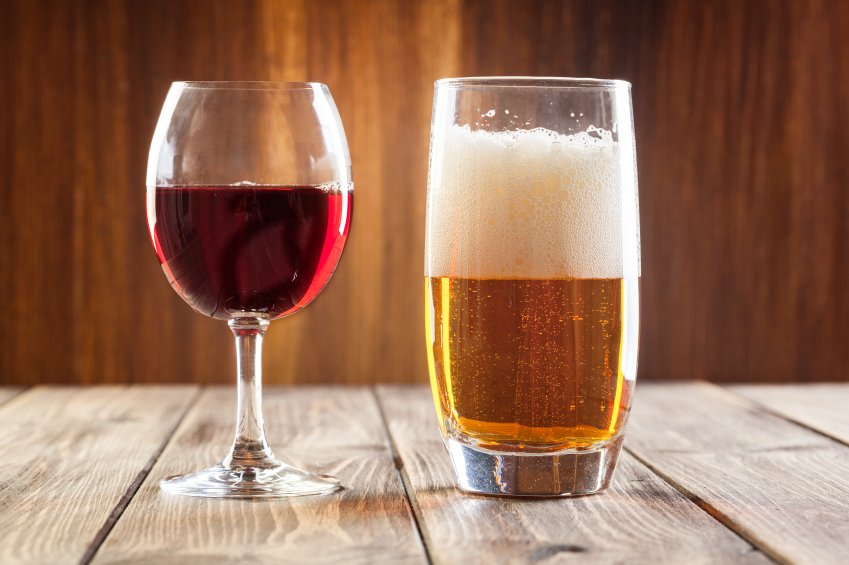Say you’re trying to lose a few pounds.
Say you also enjoy having a few drinks. Say sometimes you enjoy a beer; other times, a glass of wine.
What’s your best option?
Either, if it’s only on occasion.
Neither, if it’s more often and you’re really serious about losing that weight.
“It’s just empty calories,” said Karah Stanley, dietitian at the St. Elizabeth Physicians Weight Management Center.
Say you’re trying to stay on a 1,500-calorie diet. If an average beer has 150 calories, and you enjoy two a night, that’s 20 percent of your calories, give or take some foam. (You can save some calories by passing up the craft beer for a light beer: just 55 calories in Budweiser’s lightest version, 64 in Miller’s.)
Wine may save you a few calories over a typical full-bodied beer, but not much: 125 calories for a typical 5-ounce glass of red wine, 120 for white wine.
Another potential problem? How your body reacts to alcohol. When you ingest alcohol, your liver will burn it instead of burning fat.
Aside from the alcohol served at happy hour, consider the kinds of food you associate with your favorite adult beverage.
Pizza and beer. Beer and chicken wings. A burger and a beer. Beer and a brat. Chips, nachos, mozzarella sticks? Beer.
While wine is sometimes associated with snacks and meals that may be more highfalutin, if you’re not careful, these can be no less ruinous to your dietary regimen: Pasta and a glass of cabernet. Seafood and chardonnay. Wine and cheese.
That’s another issue for people trying to monitor closely what they eat: Alcohol and good judgment don’t always go hand-in-hand.
“The more you drink, the more you tend to let things slide,” Stanley said. “You still need to watch the types of foods you’re eating and the portions you’re eating.”

